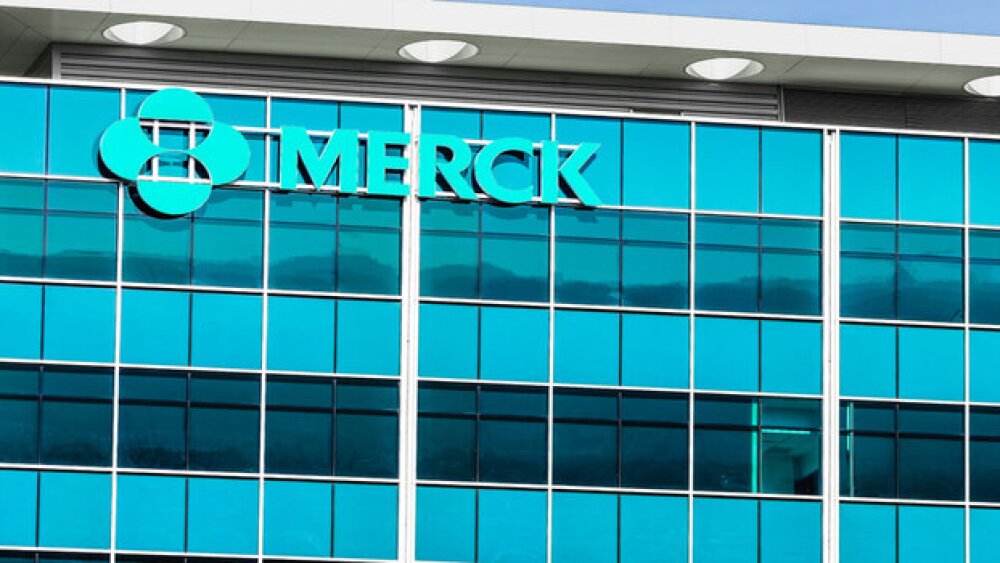Over and over there are reports about the increasing rise of antibiotic resistant bugs. Even as the number of resistant bacteria increases, the number of companies developing new types of antibiotics is decreasing.
Over and over there are reports about the increasing rise of antibiotic-resistant bugs. Even as the number of resistant bacteria increases, the number of companies developing new types of antibiotics is decreasing.
Earlier this year, a coalition of healthcare organizations, along with U.S. antibiotic developers, issued a letter to Congress calling for a bundle of economic incentives that would be used to kick start the stagnant pipelines of antibiotic drug developers. In the letter, the 26 signees, which includes companies like Merck, GlaxoSmithKline and Pfizer, express concern over the continued rise of antibiotic-resistant bacteria.
“Antibiotics underpin modern medicine, and antibiotic resistance jeopardizes the entire health system… New resistance threats continuously emerge, rendering many existing drugs ineffective and shrinking our treatment arsenal,” the letter says.
Last year, the World Health Organization’s Global Antimicrobial Surveillance System (GLASS), found widespread antibiotic resistance among 500,000 people with suspected bacterial infections in 22 countries. According to the U.S. Centers for Disease Control and Prevention (CDC), each year in the United States, about two million people develop an antibiotic-resistant infection. Of those, approximately 23,000 people die. There are some estimates that by 2030, up to 10 million people across the globe will die annually due to these superbugs.
The letter goes on to point out to the small number of antibiotic medications in development that have the potential to impact the most critical Gram-negative pathogens on the World Health Organization’s priority list of antibiotic-resistant pathogens. While the threat of these pathogens is real, the companies and letter signees, note that the struggle to develop antibiotics is largely due to the retail end of the equation. Most large pharma companies have abandoned antibiotic development due to the commercial challenges, they noted. The letter signers said antibiotics to treat these resistant infections are not only difficult to develop, but the “opportunities to recoup development costs and to make a return on investment are limited by the fact that, unlike many other types of drugs, antibiotics are generally used for a short duration.”
As an illustration of the financial issues, one of the companies that signed the letter, South San Francisco-based Achaogen filed for bankruptcy last month. Achaogen has been struggling financially despite securing regulatory approval for Zemdri (plazomicin) last year. Zemdri was approved in September as a treatment of complicated urinary tract infections that are caused by certain Enterobacteriaceae.
While Congress has enacted a number of programs in recent years to support the development of antibiotics, the drugmakers and other signers said the financing from those efforts is not sufficient. The group called for a post-approval pull-incentive package from Congress. Financial incentives would be paid to companies following antibiotic approval from the U.S. Food and Drug Administration in order to provide financial predictability for drug developers.
Since that letter was submitted to Congress in February, others have taken up the call for the government to create new incentives. Most recently, several speakers at the Milken Institute Global Conference took up the call for these incentives. Amitabh Chandra, director of health policy research at the Harvard Kennedy School of Government, told STAT News that the key to the issue will likely become a form of incentivization for the pharma industry. Such incentives could include additional years of exclusivity for a new antibiotic for a disease, Chandra said. In order to spur the development of these needed antibiotics, the speakers at the conference said the solution will undoubtedly be a public-private partnership of some kind, STAT reported.
Even as many of the larger companies have moved away from antibiotic development to focus on more lucrative products, such as in oncology, smaller companies have attempted to move into the space. Last fall, Qpex Biopharma, a company spun-out of The Medicines Company, launched with a focus on the development of anti-infective assets. The new company launched nearly one year after The Medicines Company announced the sale of its infectious disease business unit to Melinta Therapeutics.
Not only are there concerns about antibiotic-resistant bacteria, but there are also concerns about certain fungal infections that are resistant. Several companies, such as New Jersey-based SCYNEXIS and San Diego-based Cidara Therapeutics are in the thick of the fight to develop treatments for these concerns as well.





